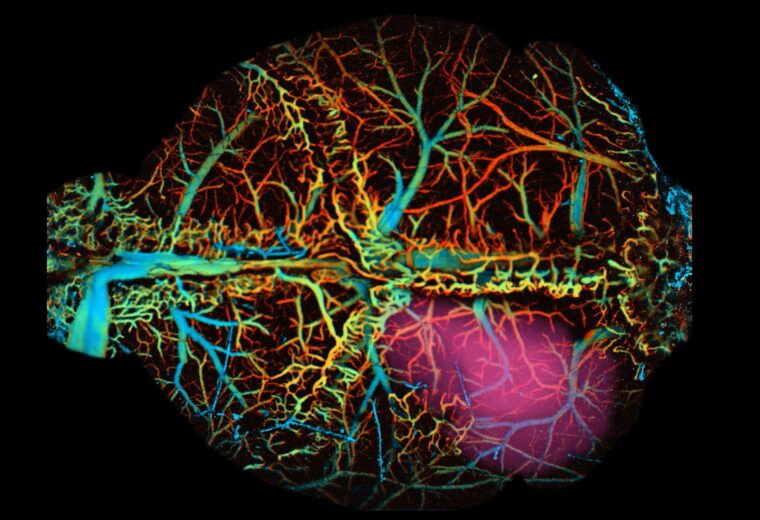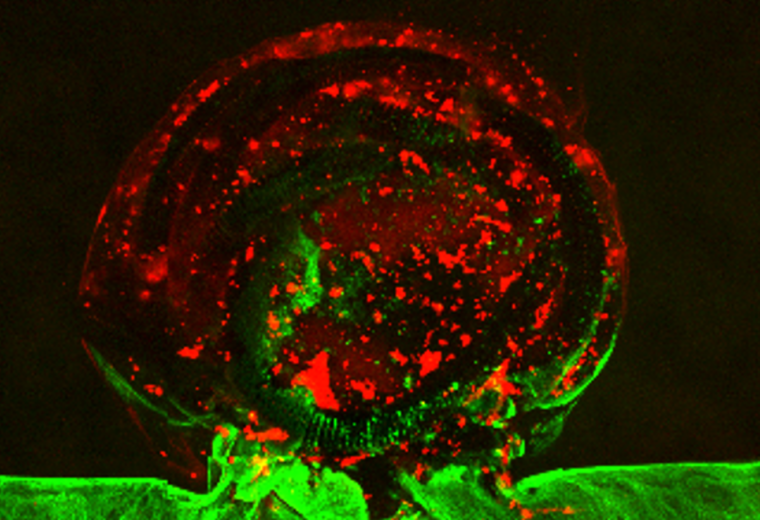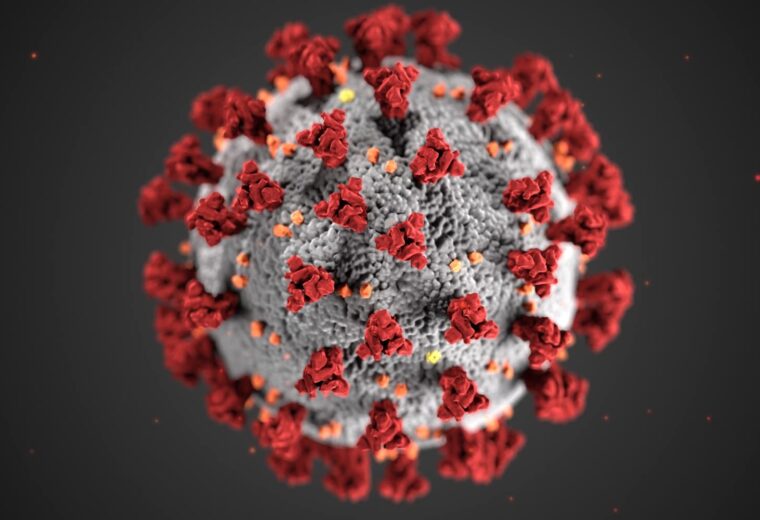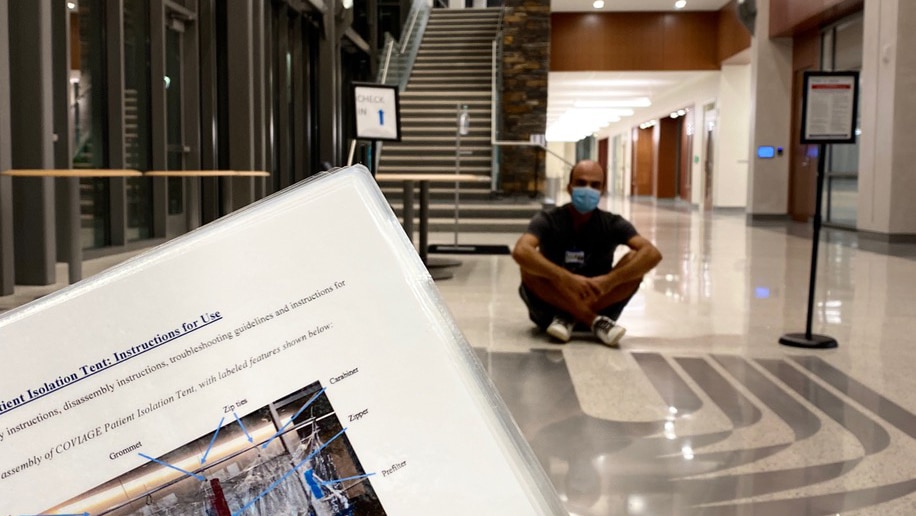
Using Invisible Light To See Deeper Into The Brain
Neural sensors that use near-infrared light can reveal brain activity deep within animal models

Neural sensors that use near-infrared light can reveal brain activity deep within animal models

Duke BME’s Adam Wax will assume the role of Editor-in-Chief beginning January 1, 2021

Lab team develops first-ever living 3D-printed aneurysm to improve surgical procedures, personalize treatments

Distinction recognizes Farsiu’s contributions to optical image processing and biophotonics

Tatiana Segura was recognized for her pioneering work to use biomaterials to jump-start the body’s innate healing abilities

In a DARPA-funded project, Duke BME’s Xiling Shen and collaborators across the U.S. are designing a diagnostic test that aims to identify coronavirus carriers early and predict the symptom severity

Supported by a RAPID Response NSF research grant, the Chilkoti lab aims to make a faster, more efficient test to detect the novel coronavirus

By guiding stem cells to model kidney cells, Duke BME’s Samira Musah is studying how the novel coronavirus can damage the important organs

An interdisciplinary team of engineers, clinicians and other experts from across Duke came together to create medical devices and tools to address COVID-19

The Duke research study uses data from smartphones, smartwatches and health surveys to help detect COVID-19

Mark Palmeri, Ken Gall and Warren Grill received grants to pursue collaborative projects

Duke was awarded $3 million to develop a graduate training program at the nexus of artificial intelligence and materials science